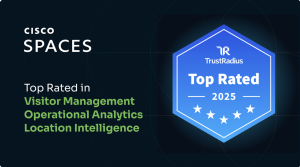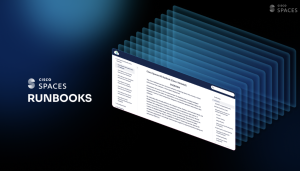
Efficiently managing assets is critical for organizations of all sizes. The ability to track and manage assets seamlessly can have a significant impact on operational efficiency, cost reduction and overall productivity. This is where a cloud-based asset tracking system comes into play. Leveraging the power of the cloud, such a system offers real-time visibility, increased accuracy and streamlined asset management processes. Here’s how you can implement a successful cloud-based asset tracking system in your organization.
Define your asset tracking objectives
The first step is to identify specific challenges that your organization is facing with its current asset management process. Determine the key metrics that you want to track and the goals you aim to achieve. For example, improving inventory accuracy, reducing asset loss, or streamlining maintenance processes. Defining your objectives will help you select the right cloud-based asset management solution, tailored to your organization’s needs.
Identify the right asset tracking solution
Once you have a clear understanding of your objectives, the next step is to identify the right cloud-based asset tracking solution. Look for one that aligns with your requirements and offers features such as barcode scanning, RFID technology, or GPS tracking. Consider whether the solution integrates with your existing systems, such as enterprise resource planning (ERP) or customer relationship management (CRM) software. Evaluate the solution’s user-friendliness, scalability and security features. Be sure to evaluate your options well, as investing time in researching and selecting the right solution is crucial for successful implementation.
Data migration & integration
Implementing a cloud-based asset management system may require migrating data from existing systems. This involves extracting and consolidating asset data into the new cloud-based solution. Ensure that the solution provides seamless data migration options and supports integration with your existing systems. This will ensure a smooth transition and prevent data duplication or loss. Collaborate with your IT department or consult with the solution provider for seamless data migration and integration.
Configure & customize
Every organization has unique asset management requirements. Configure and customize the cloud-based solution to align with these needs. Define asset categories, attributes and labels that suit your organization’s tracking workflows. Consider creating user roles and access levels to ensure data security and proper authorization. Customize reports and dashboards to display the key metrics and analytics that are important for your organization’s decision-making processes. Configuration and customization ensure that the cloud-based system fits seamlessly into your organization’s asset management process.
Train & educate users
Implementing a new asset management system requires proper user training. Educate your team on the benefits and functionalities of the new system. Conduct sessions or workshops to familiarize users with the system’s features, data entry processes and reporting capabilities. Provide ongoing support and resources – such as user manuals or video tutorials – to address any questions or difficulties that users may encounter. User adoption plays a vital role in the success of the solution, so invest in comprehensive training and support.
Monitor, evaluate & improve
Once your asset management solution is implemented, continue to monitor and evaluate its performance. Track key metrics to measure the system’s impact on asset visibility, accuracy and overall operational efficiency. Leverage the system’s reporting capabilities to identify areas for improvement and make data-driven decisions. Regularly review your tracking and management processes, seeking ways to refine and optimize them. Actively seek feedback from users and stakeholders to address any issues and ensure ongoing success.
To summarize, implementing a successful asset management requires a strategic approach and careful planning. By defining your objectives, selecting the right asset tracking solution, migrating and integrating data, configuring and customizing the system, training users and continuously monitoring its performance, you can streamline asset tracking and management processes while reaping the benefits of real-time visibility and increased accuracy.
With a cloud-based management in place, your organization can optimize resource allocation, reduce asset loss, improve maintenance processes, and ultimately drive operational efficiency.
Learn more about cloud-based asset tracking and how Cisco Spaces delivers this use case, here



